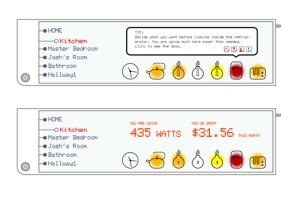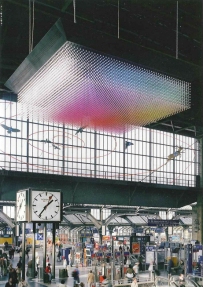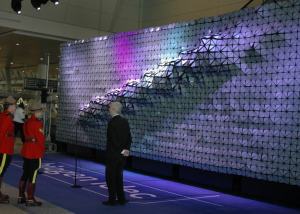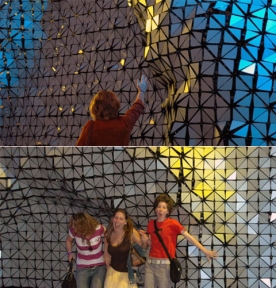Kieran Timberlake Associates
http://kierantimberlake.com/research/smartwrap_research_3.html#
SmartWrap is a composite that integrates the currently segregated functions of a conventional wall and combines them into one advanced composite. The intention of the pavilion is to explain the concept of the wrap in its architectural and artistic context, to describe its various components, and demonstrate the transfer technologies associated with it.
Inspired by material science and the printing industry, SmartWrap utilizes innovative products rolled and printed onto fabrics and plastic films in roll-to-roll processes. The idea is realized through the transfer of technologies from other industries to provide for the following selected criteria: Shelter, Climate Control, Lighting and Information Display, and Power.













